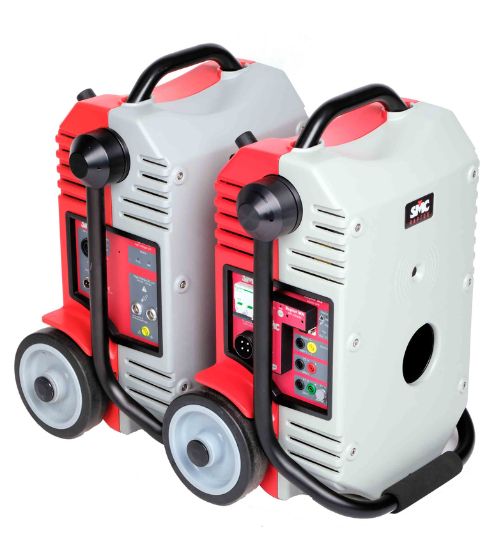A Power Transformer is a static device used to transfer electrical power from one circuit to another without changing the frequency. It operates based on the principle of electromagnetic induction and can step up or step down the voltage level of an alternating current (AC) supply.
Power transformers are essential for the transmission, distribution, and utilization of electrical power in various sectors. They are primarily used in power system networks to increase or decrease the voltage level between the generator and the distribution circuits. A power transformer has two or more windings that are magnetically coupled through a core.

A varying current in one winding creates a varying magnetic flux in the core, which induces a varying voltage in the other windings. The ratio of the voltages in the primary and secondary windings depends on the number of turns in each winding.
Power transformers are classified as static devices because they have no moving or rotating parts. They are also passive devices because they do not generate or consume electrical energy, but only transfer it from one circuit to another.
Power transformers can operate with high efficiency and reliability for long periods of time. They are available in different ranges such as large power transformers (100MVA and beyond), medium power transformers (-100MVA), and small power transformers (500-7500kVA).
In essence, power transformers play a crucial role in maintaining the health and efficiency of power systems by providing a convenient way of safely monitoring the actual electrical current flowing in an AC transmission line.
Questions? Doubts? No matter what it is, access the EuroSMC Academy technical documentation section and, unlock a world of knowledge!
Conducting regular tests on power transformers within electrical substations is of paramount importance for a multitude of reasons:
Maintenance and Longevity: Routine testing can pinpoint minor issues before they escalate into major problems, thereby saving both time and money. Moreover, it can prolong the operational lifespan of the transformer units.
Measurement Accuracy: Regular testing ensures that the transformers are functioning with precision. This is vital as they are utilized for metering applications and must maintain a high degree of accuracy to guarantee accurate billing.
System Protection: Transformers employed for protection must respond swiftly and accurately during a fault condition. Testing aids in confirming this responsiveness.
Fault Detection: Electrical alterations in a transformer, such as those caused by insulation aging, can be detected early through testing.
Safety Assurance: Testing mitigates risks such as misidentification of instrument transformers for metering and protection, or connection errors.
In essence, the routine testing of power transformers is a critical practice in preserving the health and efficiency of power systems.
Join thousands of companies around the world using SMC for testing substations and protection relays, with more than 60 representatives and distributors worldwide